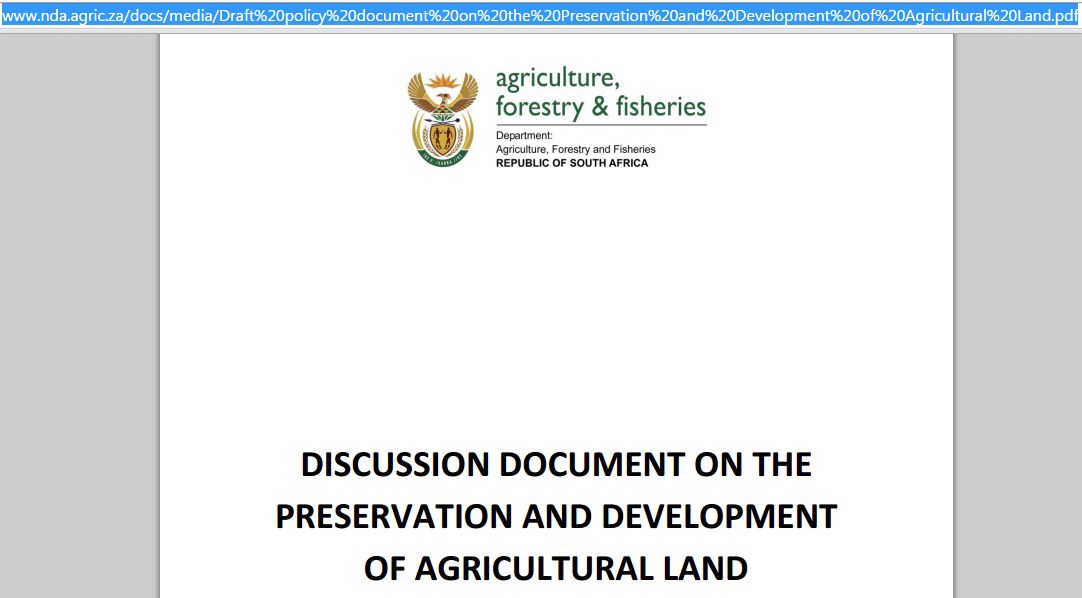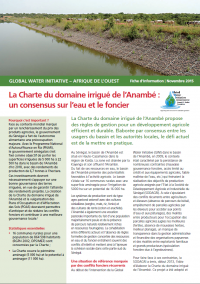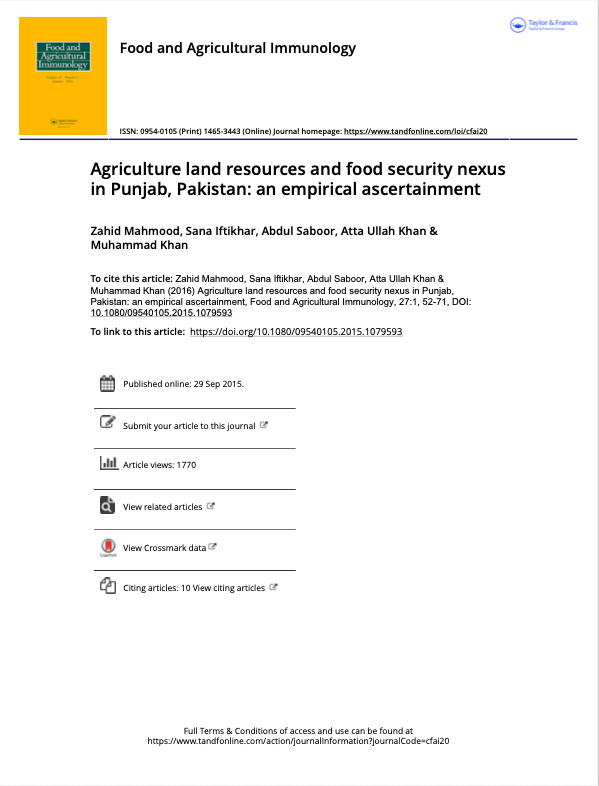Disentangling Values in the Interrelations between Cultural Ecosystem Services and Landscape Conservation—A Case Study of the Ifugao Rice Terraces in the Philippines
In the past few years, there has been a growing amount of research on economic quantifications and valuations of ecosystem services (ES) in agricultural systems. However, little attention has been given to cultural ESs (CES) in general and their link to the landscape in particular. This paper tries to tackle this gap with a case study on the Ifugao Rice Terraces of the Philippines. The study aims to understand the interrelations between the different CESs and their relationships with the landscape.






